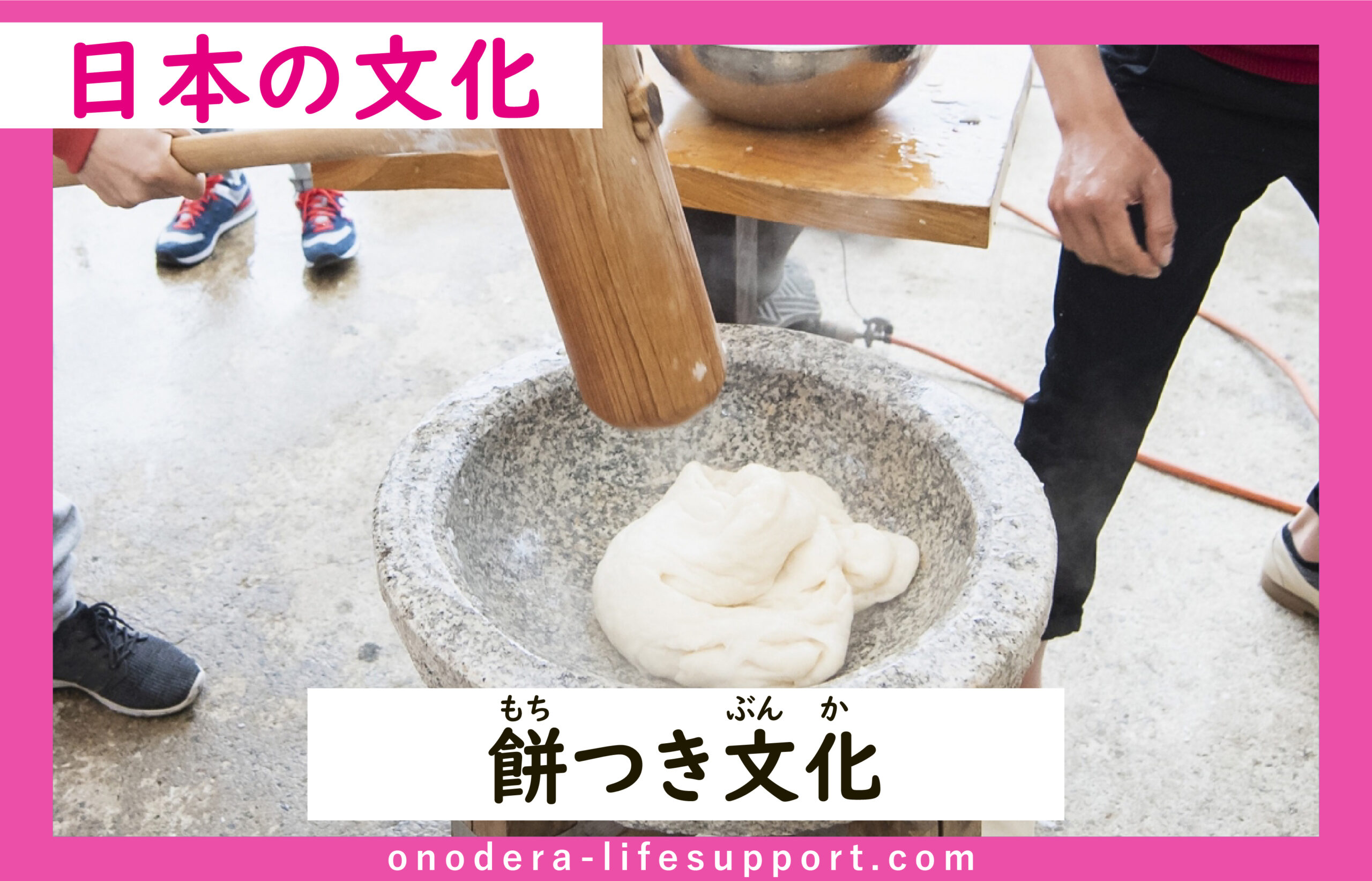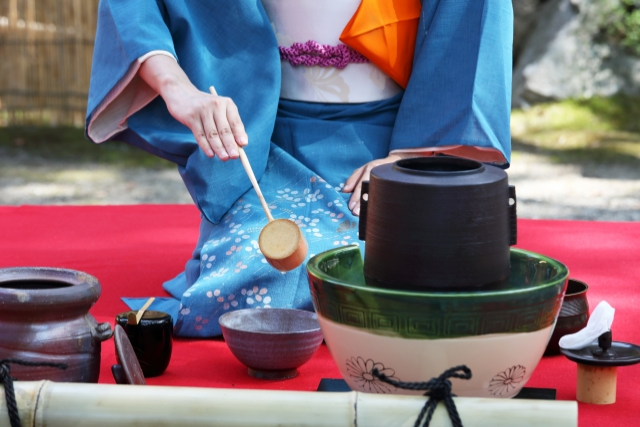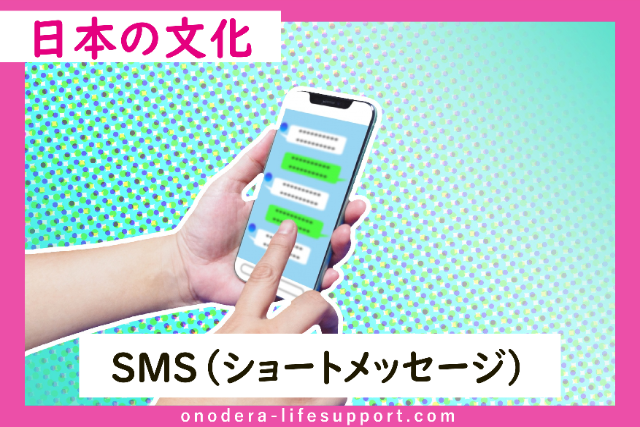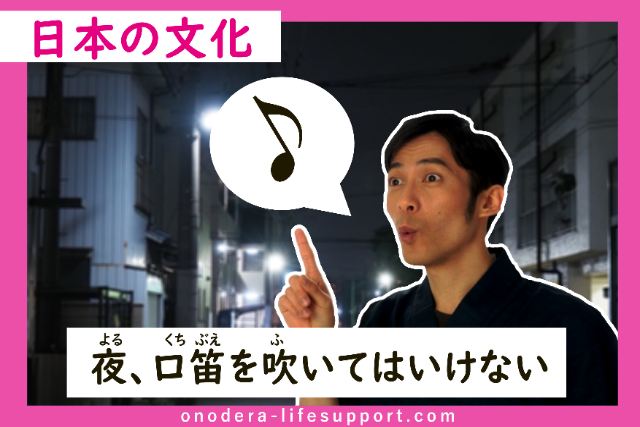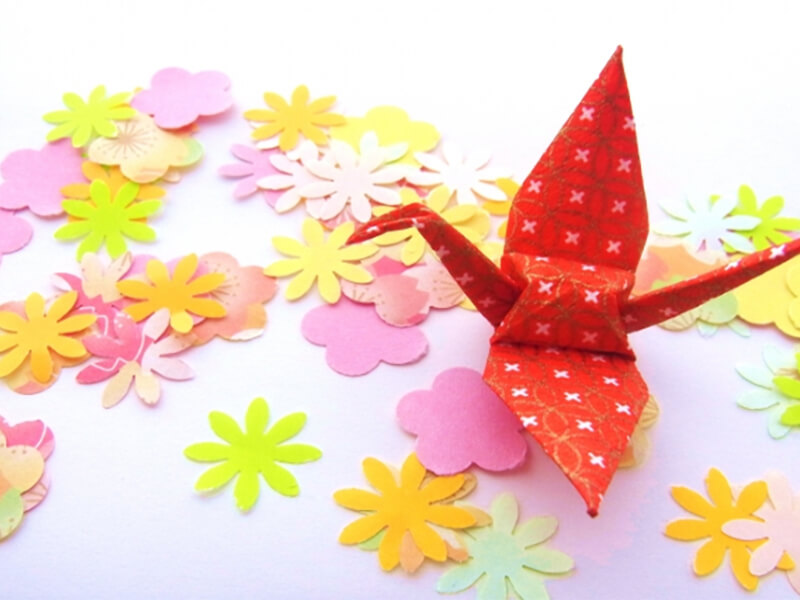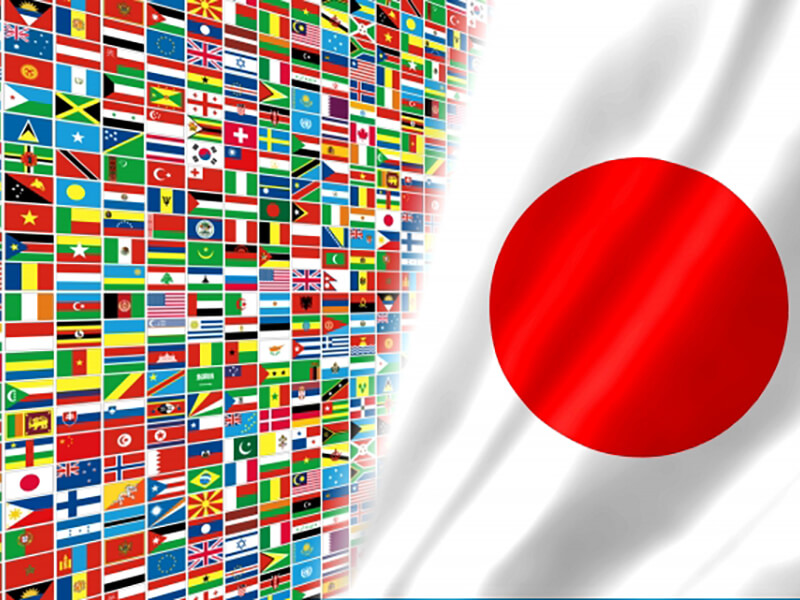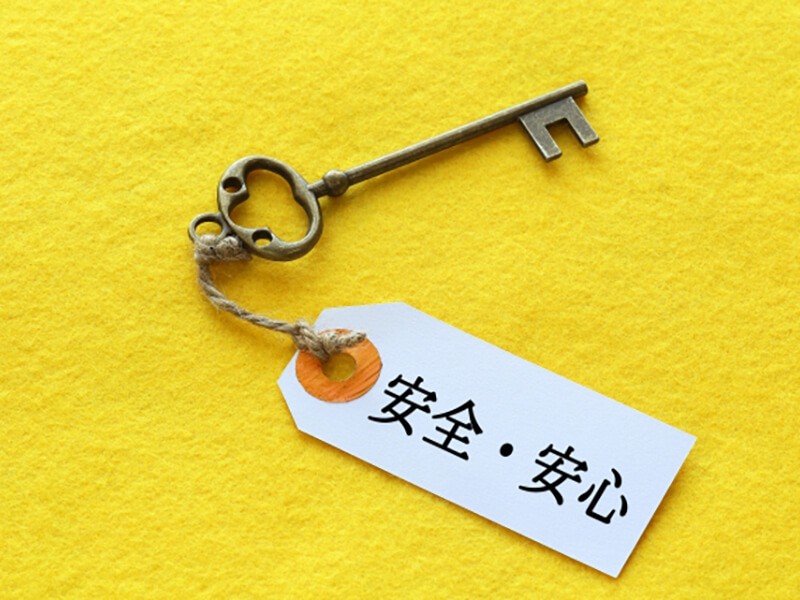Mochi tsuki Culture or Mochi Pounding Ceremony
Every year, it is common for Japanese people to eat mochi during a New Year. But do you know why mochi is pounded and eaten every New year?
The mortar(usu) and pestle (kine) used for pounding mochi represents a couple and the prosperity of their home and birth of children. A long time ago, when a new house was constructed, a carpenter would make a mortar and pestle to build the house. Before, wedding ceremonies were commonly held at home. During the ceremony, the mochitsuki was performed and the prosperity of the home and children was wished upon the married couple. Henceforth, doing mochitsuki is considered a good omen.
It is a food that has been passed down to Japan since ancient times. It is steamed glutinous rice that is pounded on a mortar until it becomes sticky. Then it is shaped to an appropriate size. The sticky texture and elasticity of mochi are its unique characteristics. It swells or expands when baked and melts when simmered. Since ancient times, mochi has been handed down as the food to eat on festive events such as New Year’s festivals, seasonal events and celebrations. Even today, the custom remains in Japan.
How to make mochi for the New Year
- 1 Grind the mochigome or glutinous rice and leave it in water overnight.
- 2. Put it in a colander and steam using a steamer.
- 3. Place the steamed mochigome in a mortar and grind it with a pestle. Add some water and start kneading it.
- 4. Add water to adjust the firmness of the mochi. Knead it repeatedly while trying to spread it evenly.
The shape of mochi varies from region to region.
[Basically, mochi that has a round shape without corners is considered a lucky shape, thus, it is used as kagami mochi or mirror rice cake for decoration. In addition, mochi cut in small squares called noshi mochi is considered easy to eat and is used as food.]
Mochitsuki is one of the most important preparations for the New Year, and is held during the last few days of the year. However, December 29 is said to be bad luck because “9” is linked to the Japanese word, “ku” or suffering, and 26th is linked to the word, ”roku na koto ga nai” or no good outcome. Thus, it advised not to perform mochitsuki on these 2 days.
